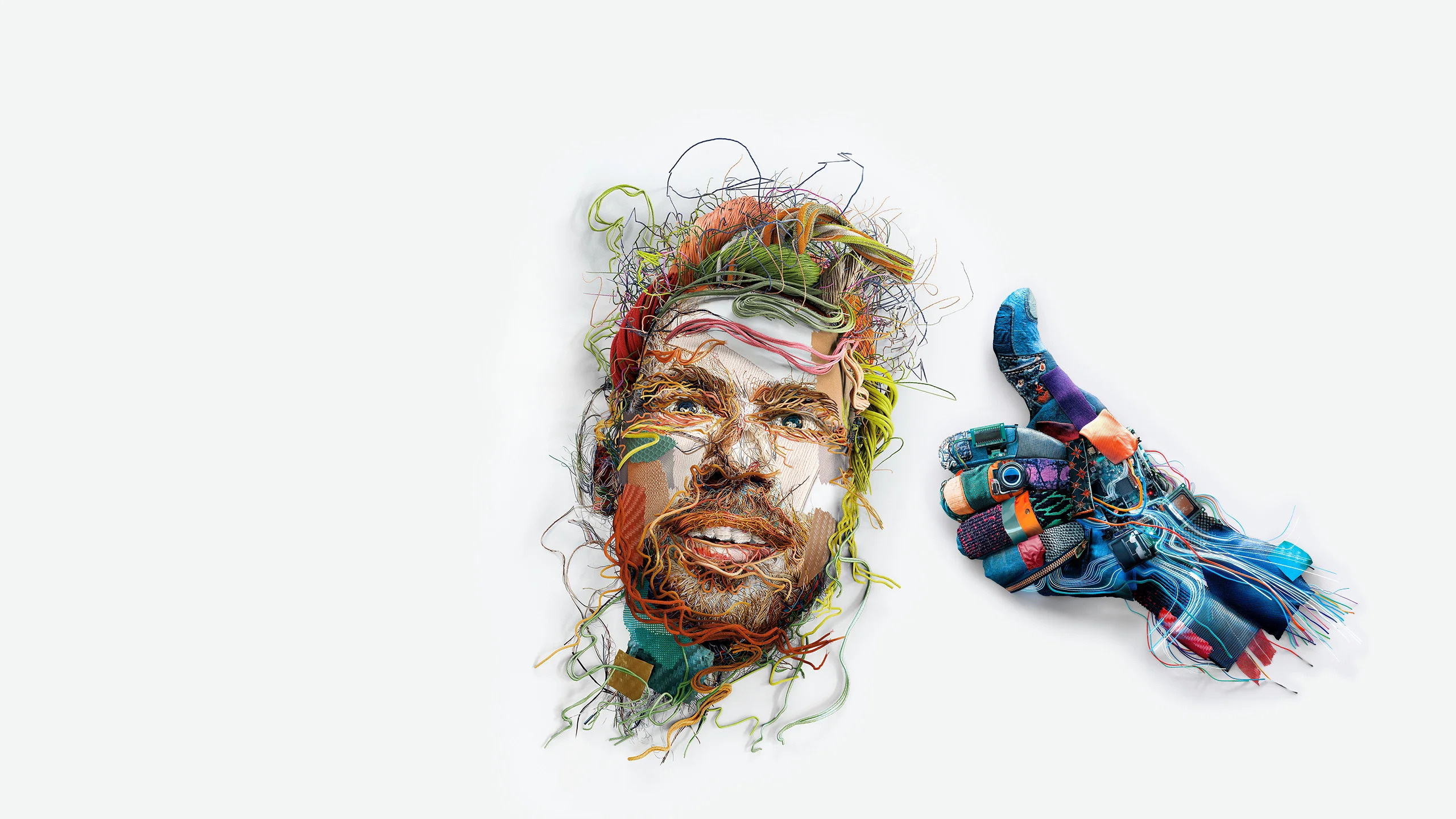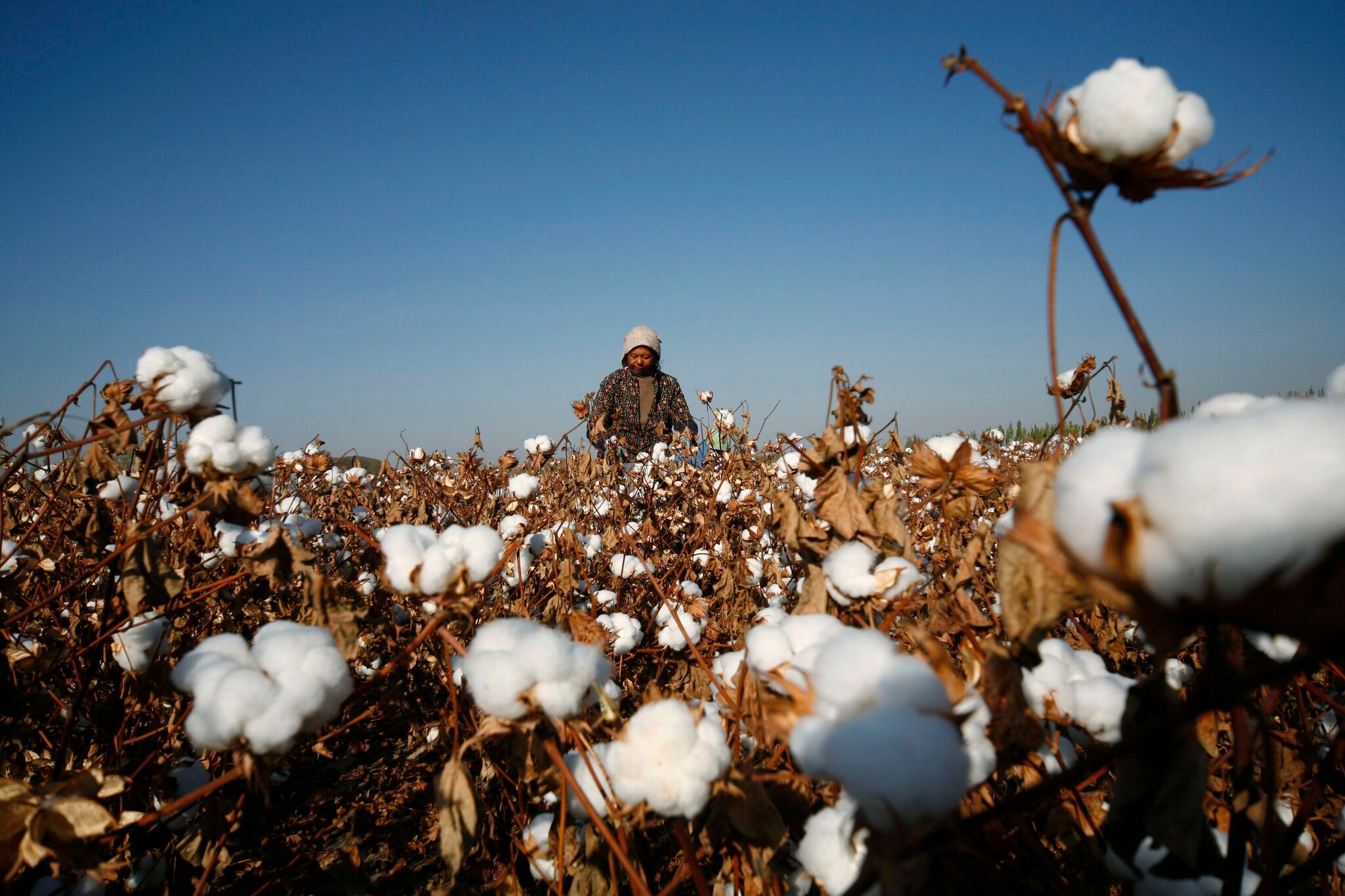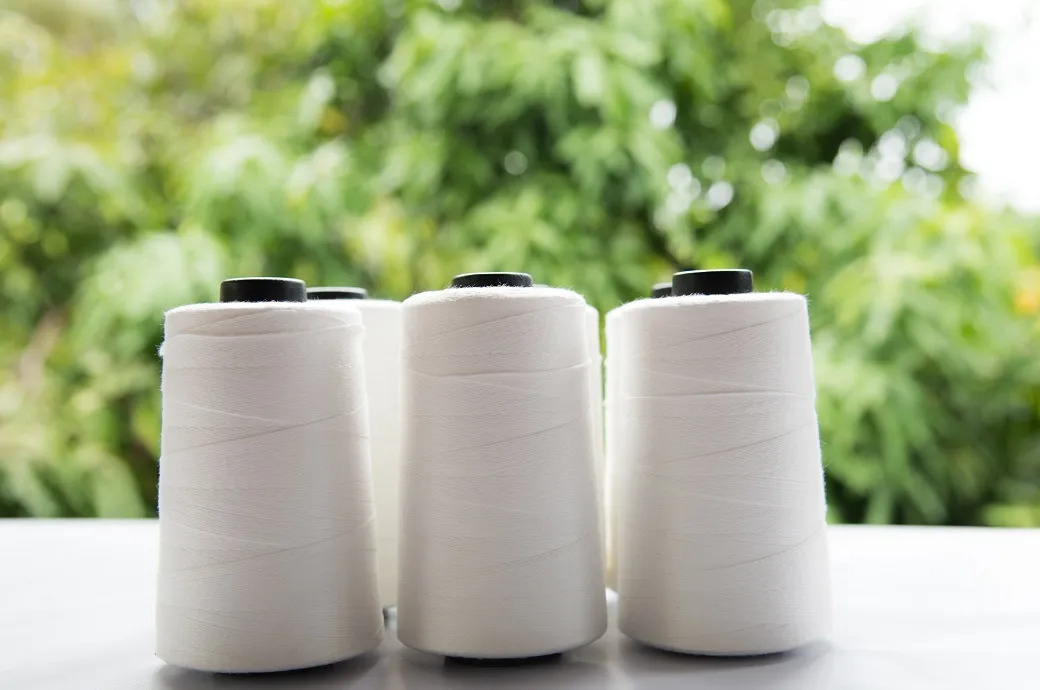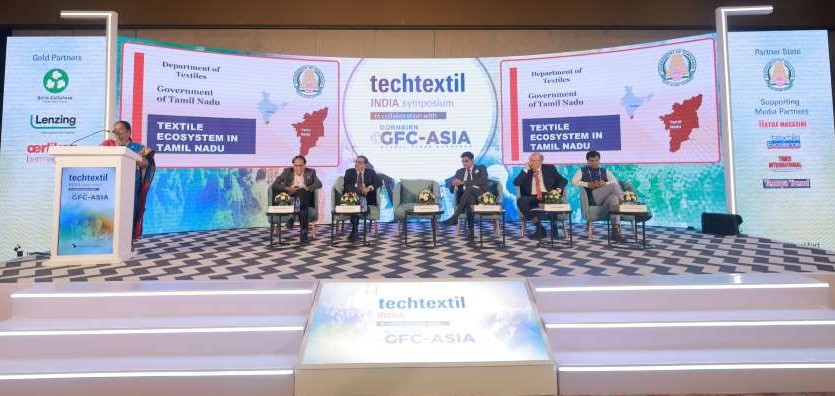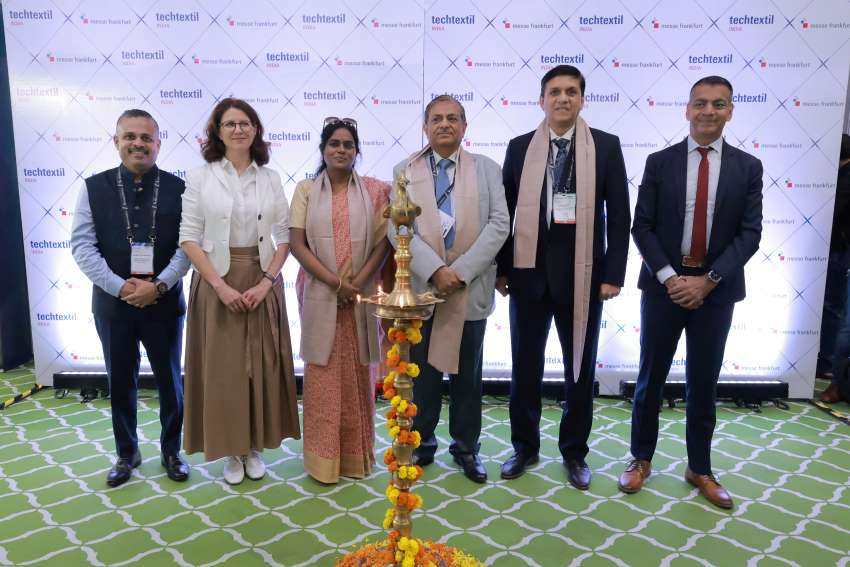
India's clothing fiber sector is on the cusp of a revolutionary decade, moving beyond its traditional identity as a cotton powerhouse to embrace a future where technology, sustainability, and digital commerce form the new foundation of growth. Projected to grow at a Compound Annual Growth Rate (CAGR) of 6 per cent between 2025 and 2035, this decisive growth phase is driven by fundamental shifts in consumer behaviour and a profound commitment to circularity.
The duel of fibers
At the heart of the Indian textile ecosystem lies cotton, a fiber that still accounts for a commanding 45 per cent market share in 2025 and anchors India's global position with 23 per cent of world production. However, cotton faces mounting structural pressures from its water-intensive cultivation and vulnerability to climate change. The industry is responding with a calculated evolution, investing heavily in organic farming, genetically enhanced seeds, and rigorous traceability schemes backed by the Cotton Corporation of India (CCI) to meet rising international buyer demand for sustainable sourcing.
The true acceleration, however, is being led by synthetic fibers, particularly polyester, which is forecast to outpace overall growth with a robust CAGR of 7.50 per cent from 2025 to 2035. This growth is not merely about volume but about innovation. Polyester’s dominance (38 per cent market share in 2025) is led by its cost-effectiveness, performance features, and, critically, its adaptability for the new era of performance-driven apparel.
The narrative for synthetics has transformed from a focus on low cost to one of sustainability leadership, driven by recycled polyester (rPET) from PET bottles and textile waste, and the emergence of bio-based synthetics. Indian textile parks are rapidly becoming testbeds for high-value specialty fibers like moisture-wicking, antibacterial, and UV-protective variants, directly appealing to the modern, health-conscious consumer.
Table: India’s clothing fiber market outlook (2025–2035)
|
Fiber type |
2025 share (%) |
Projected CAGR (2025–35) |
Trends driving growth |
|
Cotton |
45% |
4.50% |
Traceability, organic cotton, climate-smart practices |
|
Polyester |
38% |
7.50% |
Activewear, rPET, performance apparel |
|
Viscose/Cellulosics |
10% |
6% |
Eco-friendly blends, fashion versatility |
|
Wool & Others |
7% |
3% |
Niche luxury, winter wear |
The new consumer, digital, active, and male
Domestic demand is proving to be a powerful tailwind, fundamentally reshaped by two demographic forces: the rise of a digitally-savvy middle class and the exploding menswear segment.
Globally, menswear will account for 39.5 per cent of clothing fiber demand by 2025. In India, this trend is intensified by urban young professionals seeking functional yet fashionable apparel. This demand is most visible in the explosive growth of athleisure and performance wear, which relies heavily on engineered synthetic fibers like polyester, elastane, and nylon. For a segment long considered conservative, men's fashion has entered an era of experimentation, driving fiber manufacturers to prioritise adaptability and performance.
The shift to digital-first consumption with India’s online fashion market projected to surpass $30 billion by 2030 further accelerates this trend. E-commerce platforms and fast-fashion players leverage AI-driven design systems to predict trends and streamline supply chains. This demands fibers that allow for mass customization and on-demand production, emphasizing quick manufacturing characteristics such as flexibility and dye uptake, particularly for fast-moving categories like sportswear.
Circularity, the industry's new economic engine
The most transformative factor is the apparel industry's definitive shift toward the circular economy. Once niche, fiber recycling technologies are now a major draw for investment.
Technology scaling: Both mechanical and advanced chemical recycling methods are being scaled up across India's textile hubs in Surat, Tirupur, and Panipat. These technologies break down used textiles into base polymers, diverting waste from landfills and creating a closed-loop system.
Policy support: The government's National Textile Mission 2030 strategically aligns with these goals, aiming to integrate dedicated recycling clusters.
Brand commitment: Brands are proactively implementing take-back schemes and committing to only using certified, traceable, sustainable fibers.
his paradigm shift signals a break from the throwaway culture of fast fashion, providing consumers with more apparel made from recycled polyester, organic cotton, and specifically engineered blended fibers designed for eventual reuse.
The Balancing act ahead
The future of India's clothing fiber sector, spanning the 2025-2035 period, will be defined by a crucial balancing act: cost vs. consciousness. The industry must simultaneously cater to a price-sensitive domestic market and global fast-fashion clients who require the affordability and scale of traditional materials, while meeting the rising regulatory and consumer-led demand for sustainable, circular, and high-tech fibers.
The success story of the next decade will belong to the Indian textile players who can master this dual mandate: delivering affordable, functional apparel while rigorously adhering to sustainability commitments. With the strong anchor of its cotton legacy, the innovative thrust of synthetics, and the acceleration of digital commerce and circularity, India's clothing fiber sector is uniquely positioned not just for growth, but to reinvent the very fabric of global fashion.



